China's Ministry of Culture and Tourism recently listed Jinzhong in north China's Shanxi Province as one of its national-level cultural ecology protection zones.
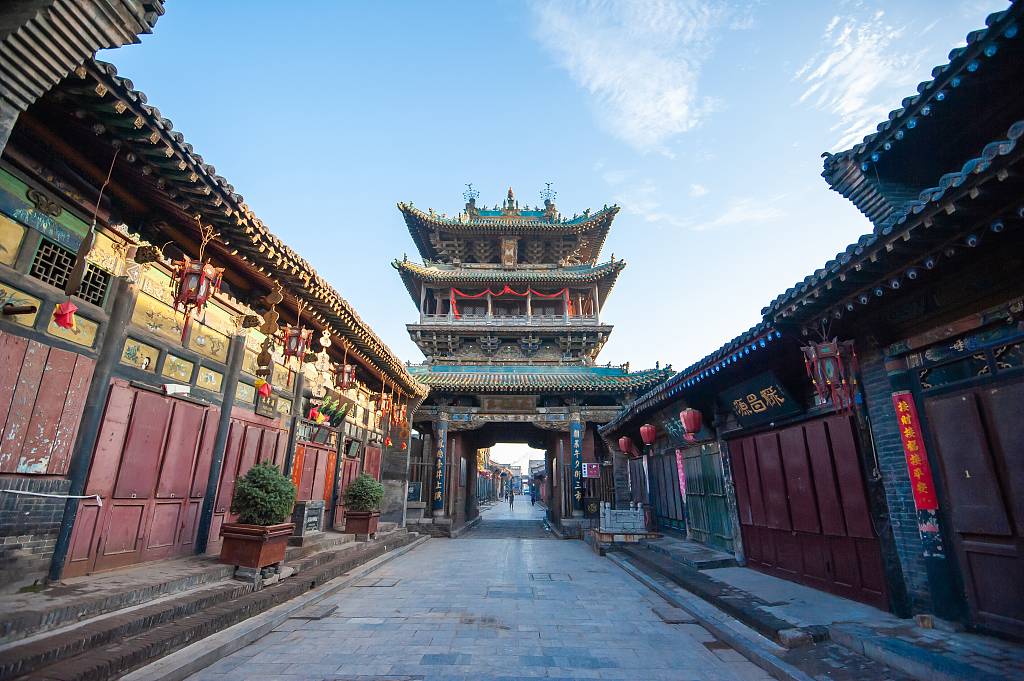
The Ancient City of Pingyao in Shanxi. /CFP
The Ancient City of Pingyao in Shanxi. /CFP
These zones have been designated to protect local traditional culture and the intangible cultural heritage of an area with the aid of the ministry. Financial support will also be awarded to Jinzhong to help improve the construction and management of its cultural and tourism sites.
China began naming and building national-level cultural ecology protection zones in 2007. Since then, 12 such zones have been set up.
Jinzhong, located in central Shanxi, has significant bragging rights when it comes to Chinese civilization and commerce heritage. It served as a regional financial hub during the Ming Dynasty (1368-1644) and became the financial center of China in the late 19th and early 20th centuries.
The city is rich in cultural and historical heritage, while also boasting incredible natural landscapes. Here are some of Jinzhong's must-see highlights:
The Ancient City of Pingyao
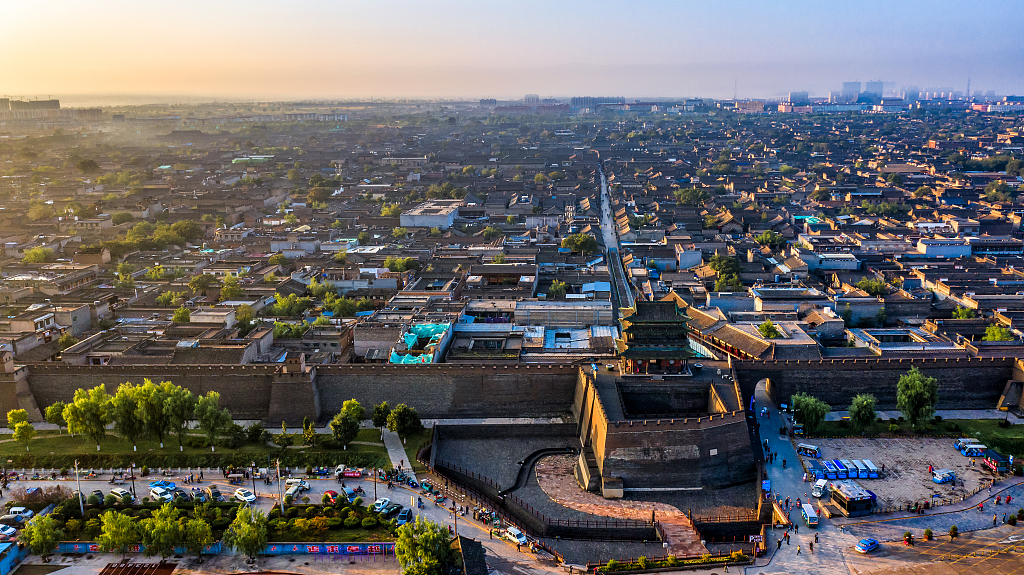
File photos of the Ancient City of Pingyao. /CFP
File photos of the Ancient City of Pingyao. /CFP
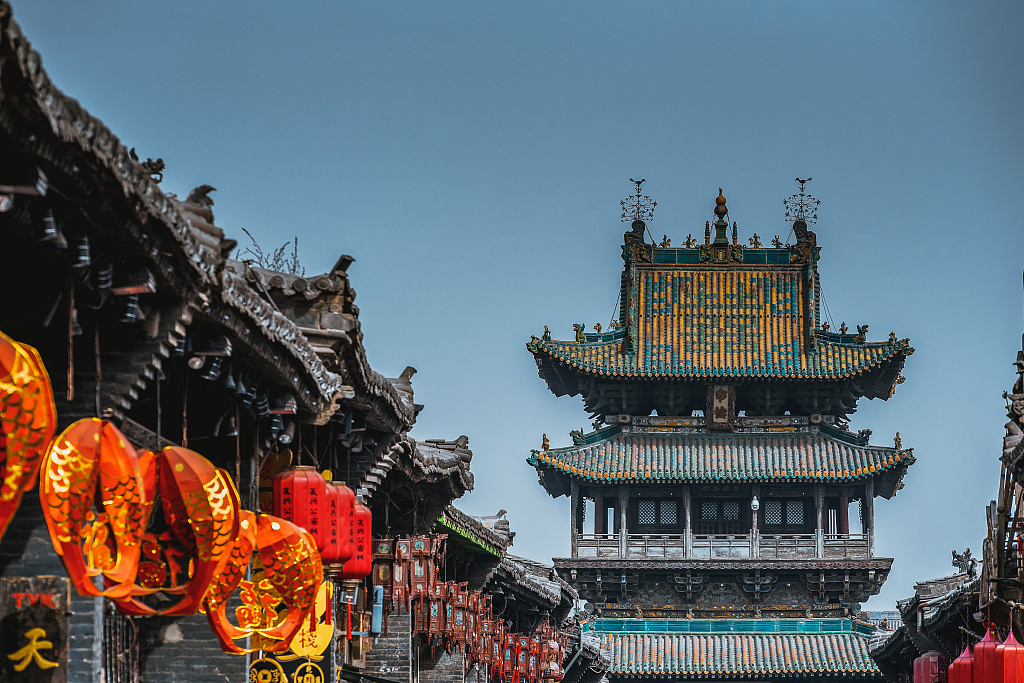
File photos of the Ancient City of Pingyao. /CFP
File photos of the Ancient City of Pingyao. /CFP
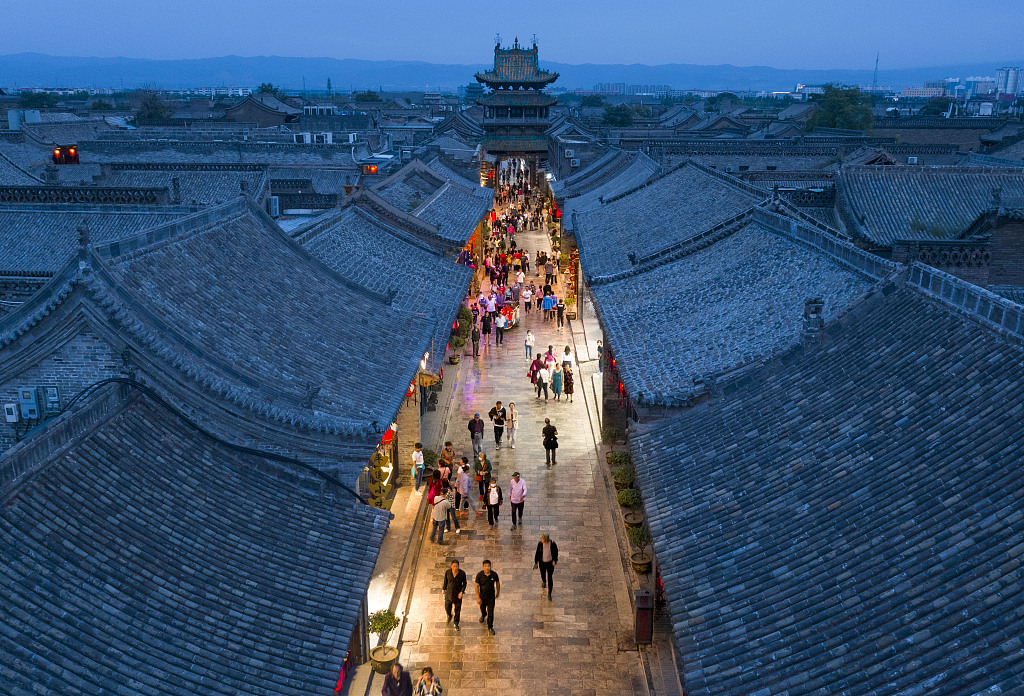
File photos of the Ancient City of Pingyao. /CFP
File photos of the Ancient City of Pingyao. /CFP
The Ancient City of Pingyao is a well-preserved architectural complex, including old walls, streets and lanes, shops, homes, and temples. The urban planning reflects the living styles of the ancient Han Chinese in the Ming and Qing dynasties (from the 14th to 20th centuries). To cement its status, Pingyao was inscribed as a UNESCO World Heritage site in 1997.

File photo of the Qiao family compound, residence of a famous family of merchants. /CFP
File photo of the Qiao family compound, residence of a famous family of merchants. /CFP
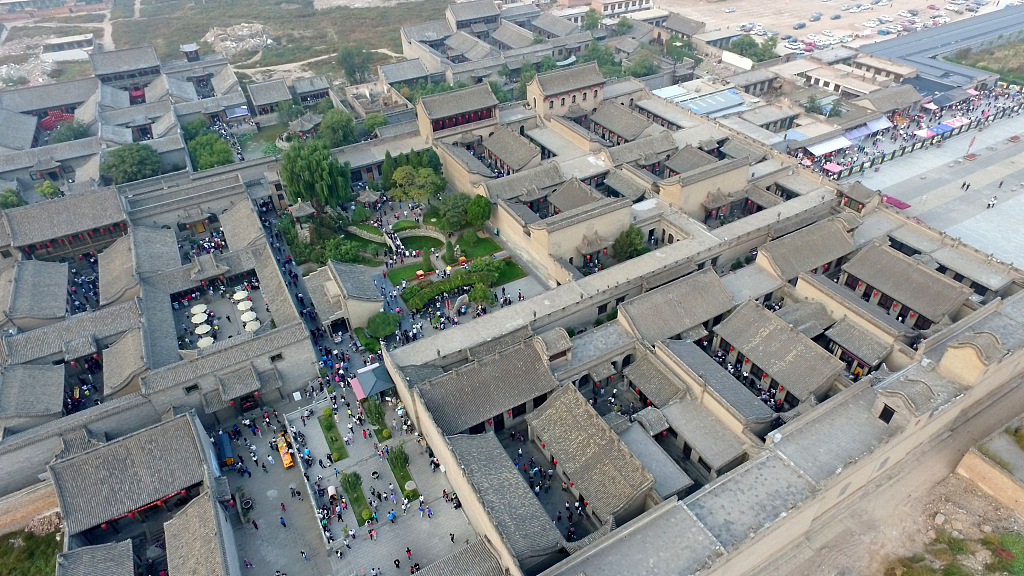
File photo of the Qiao family compound, residence of a famous family of merchants. /CFP
File photo of the Qiao family compound, residence of a famous family of merchants. /CFP
"Jin" is the common abbreviation for Shanxi, while "Jin merchants" refers to the traders of this illustrious province. This moniker was bestowed on prominent businessmen in Shanxi during the Ming and Qing dynasties for their contributions to the development of commerce and finance.
The wealthy Jin merchants built a slew of large mansions or compounds for their families after they became commercially successful. Some of the architecture and compounds remain well preserved to this day and are open to visitors.
The emergence of the Jin merchants led to an early form of banks known as "piaohao" in Chinese, which supported their commercial activities and prosperity and facilitated the transfer of large sums of silver.
Business ethics and institutional cultures were later formed based on Jin merchants' business philosophy, values, management skills, and even bookkeeping. Having had a big impact on the development of commerce in Chinese history, their business wisdom still shines strongly today.
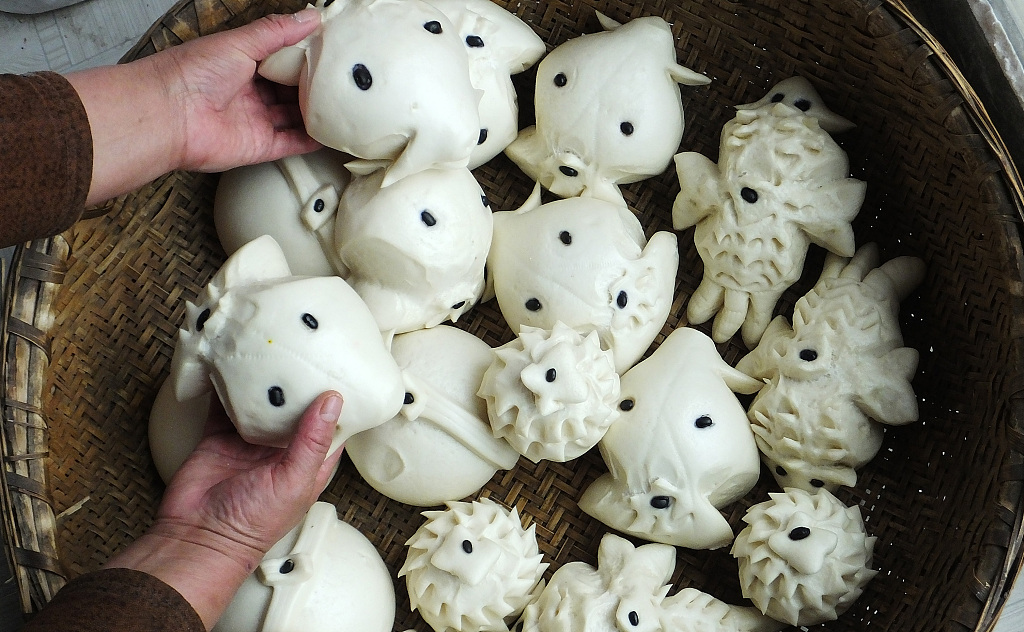
Buns are made by Shanxi farmers ahead of Tomb-sweeping Day. /CFP
Buns are made by Shanxi farmers ahead of Tomb-sweeping Day. /CFP
Jinzhong in Shanxi is considered the birthplace of Cold Food Day. This local tradition sees people eat cold food prior to Tomb-sweeping Day as a way to honor and pay tribute to their ancestors. On this special day, it is forbidden to use fire for cooking. Cold food such as buns, pancakes, and pea puddings are prepared earlier for people to enjoy.
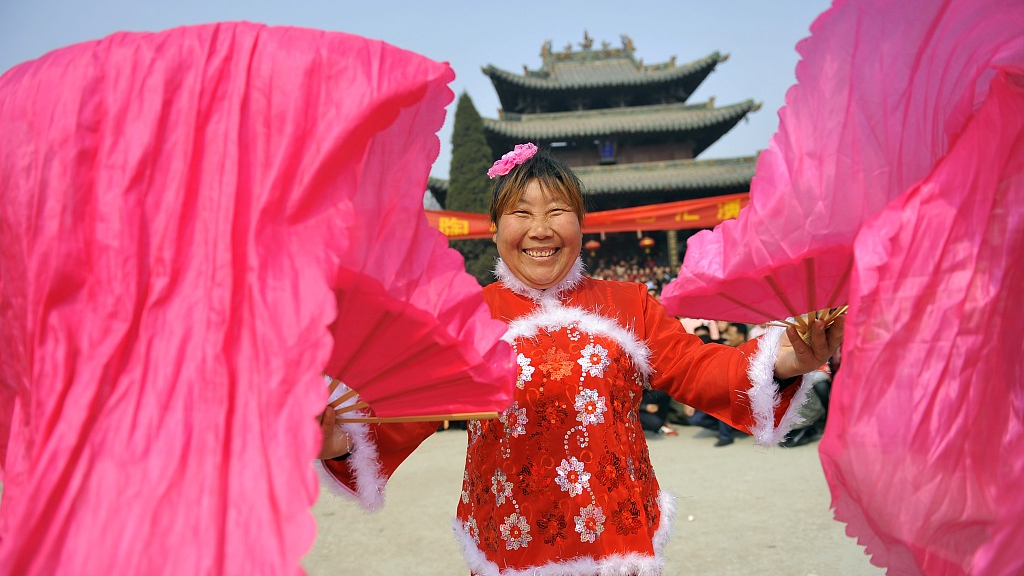
Yangge dance in Shanxi. /CFP
Yangge dance in Shanxi. /CFP
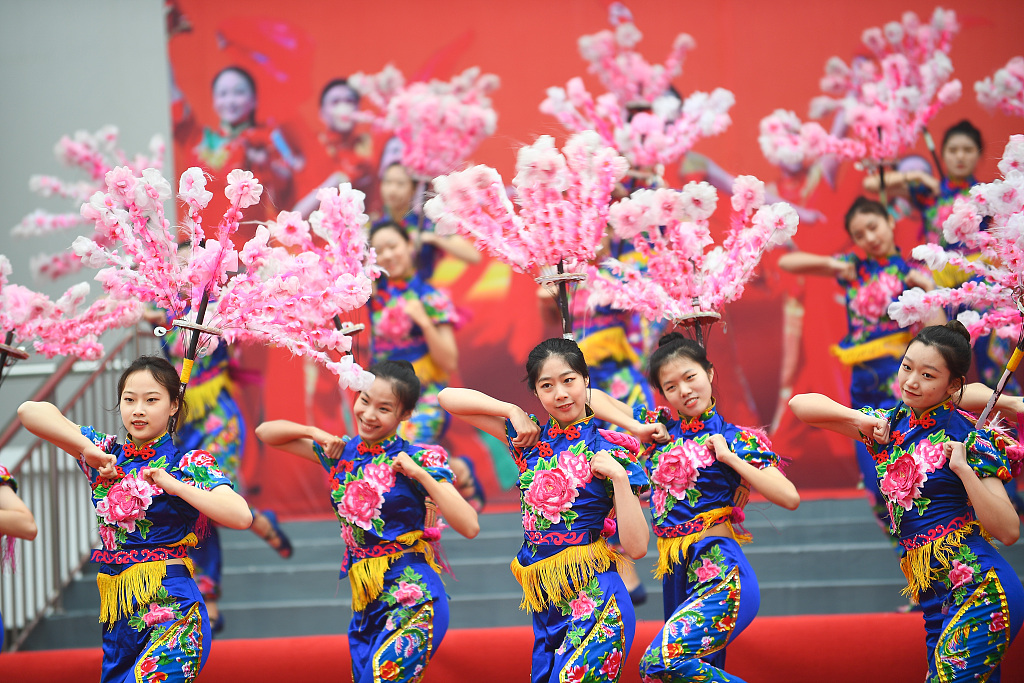
Yangge dance in Shanxi. /CFP
Yangge dance in Shanxi. /CFP
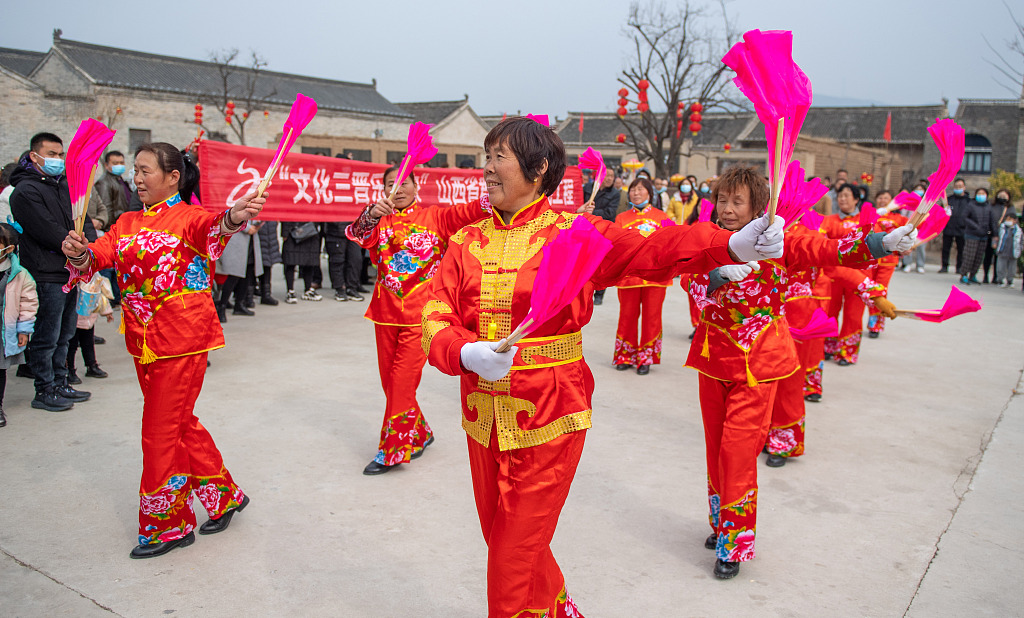
Yangge dance in Shanxi. /CFP
Yangge dance in Shanxi. /CFP
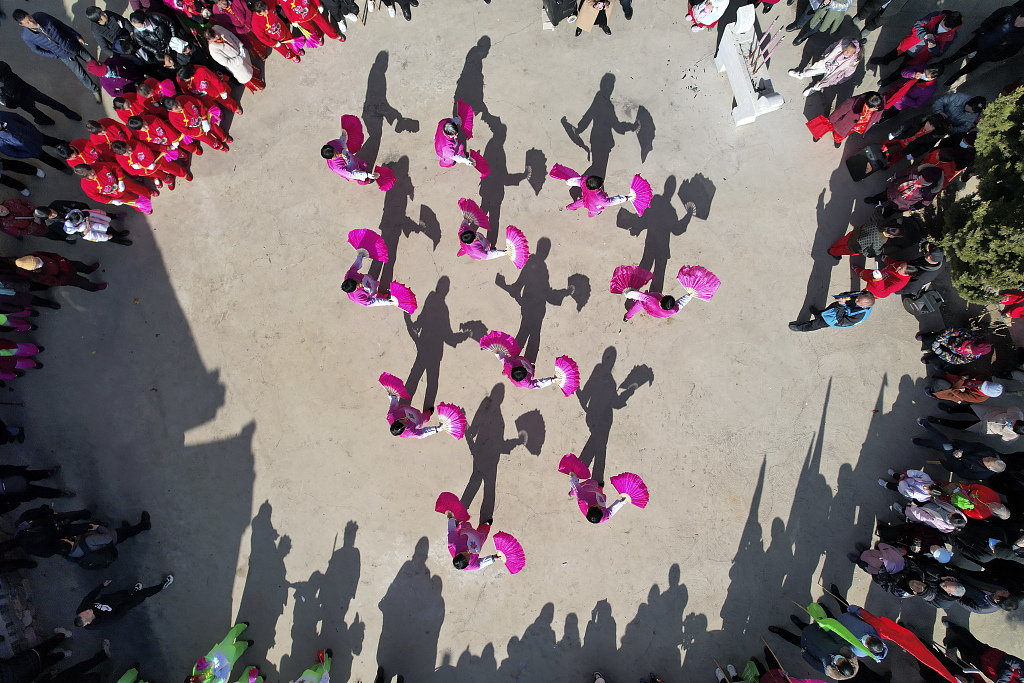
Yangge dance in Shanxi. /CFP
Yangge dance in Shanxi. /CFP
Yangge is a popular form of Chinese folk dance. The Qitai Yangge got its name from its birthplace: Qixian County and Taigu County in Shanxi. The Qitai Yangge is considered as one of the most representative works of the Yangge folk dance in China. Accompanied by loud festive music, it conveys the passion of villagers and their positive outlook on life.